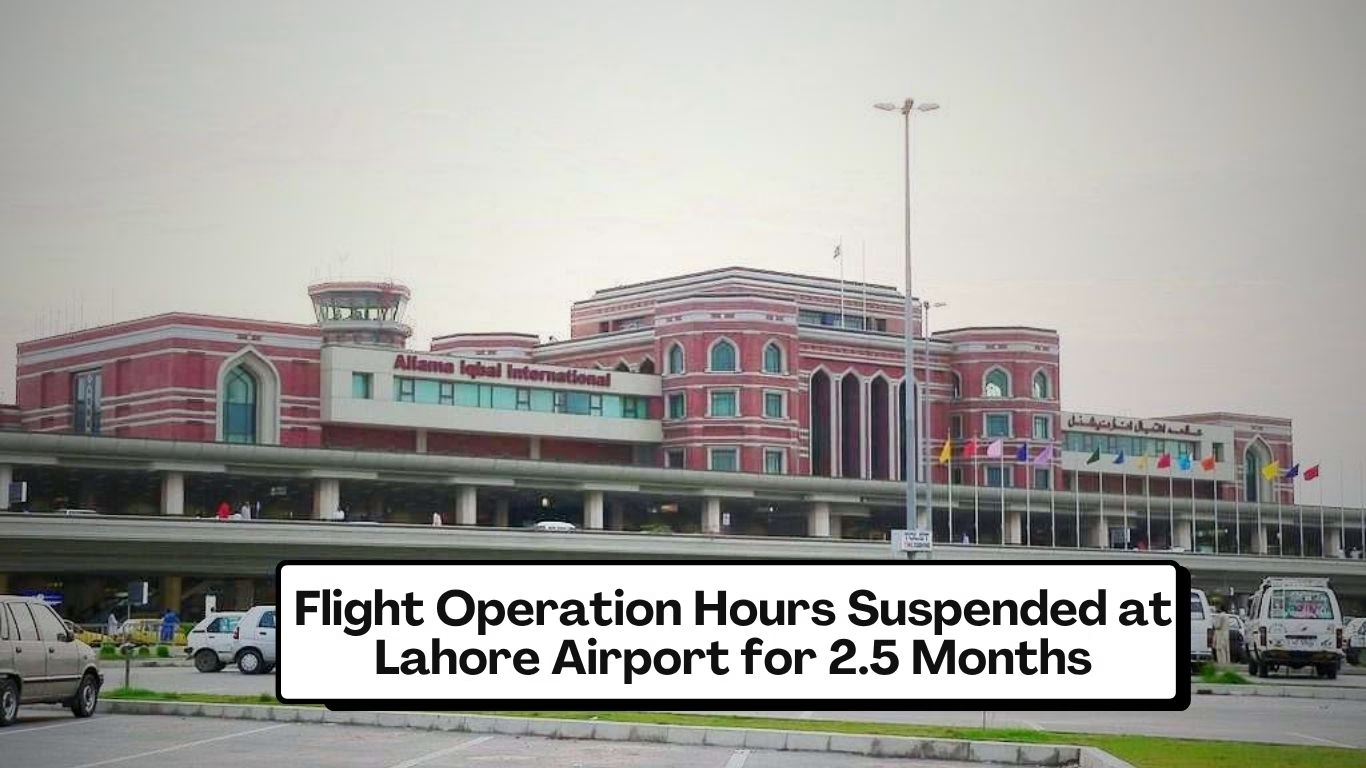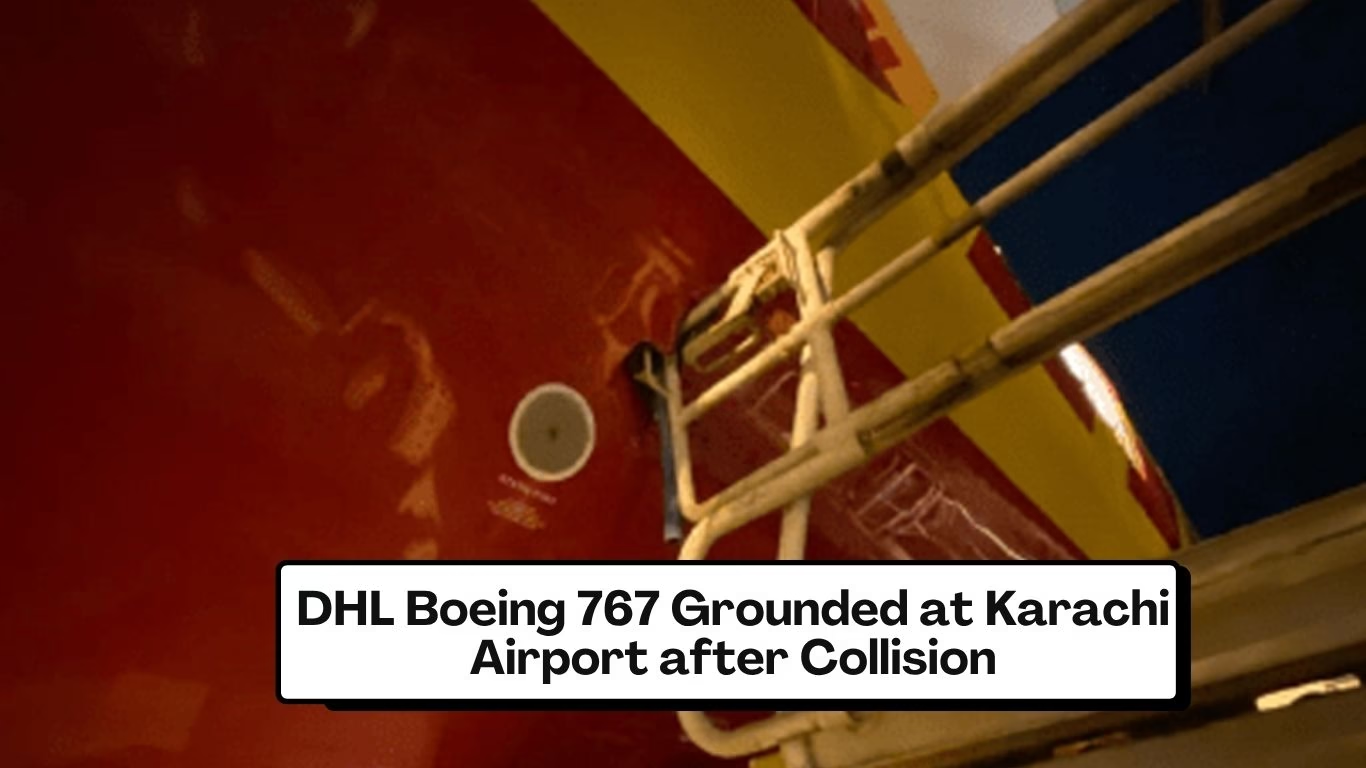Your cart is currently empty!
Many travelers think pilots refuel planes like they would their cars—fill up the tank and go. However, this isn’t the case! On most flights, they calculate the aircraft fuel needed for the journey, including contingencies, to ensure reach to their destination safely and efficiently.
1. Understanding Journey Fuel
Imagine a pilot flying from Düsseldorf to Faro, Portugal. According to his flight plan, he needs a certain amount of fuel for the trip. This is known as ‘Journey Fuel’. It includes the aircraft fuel required from takeoff, through the climb, cruise, descent, approach, and landing at the destination. Essentially, it’s the fuel needed to get from point A to point B.
2. The Backup Fuel
But journey fuel alone isn’t enough. Pilots must account for unexpected changes, such as shifts in wind patterns, thunderstorms, or air traffic control restrictions. Therefore, they add ‘Contingency Fuel’, typically 5% of the journey fuel or an extra 5 minutes, as required by regulations.
3. The Alternate Fuel
Let’s say the pilot is on final approach to Faro, but a plane ahead of him has blocked the runway. He might need to divert to another airport. Hence, there comes ‘Alternate Fuel’, which covers the flight to an alternate airport if they can’t land at their intended destination. In our example, Seville in Spain serves as our alternate airport.
4. Final Reserve Fuel
Now, if the pilot is approaching Seville and still can’t land due to an obstruction, he relies on ‘Final Reserve Fuel’. This legally mandated fuel reserve ensures we have at least 30 minutes of flying time at 1500 feet above the alternate airport, giving us enough time to manage any last-minute issues.
5. Extra Fuel Considerations
Pilots can also add extra fuel at their discretion. For instance, if heavy traffic is expected upon arrival or thunderstorms are predicted along the route, extra fuel can provide a buffer. However, more fuel increases the plane’s weight, leading to higher fuel consumption.
6. Taxi Fuel Essentials
Lastly, the pilot needs ‘Taxi Fuel’ for moving the plane from the gate to the runway. This includes fuel for the Auxiliary Power Unit (APU) used for air-conditioning and engine start. During winter, you might add extra taxi fuel for potential deicing, which can extend taxi time by about 15 minutes.
7. Calculating Block Fuel
Summing all these fuel amounts gives us the ‘Block Fuel’—the total fuel on board before engine start. This comprehensive fuel plan ensures a safe and efficient flight.
8. Fuel Density and Measurement Systems
Future pilots should practice converting fuel measurements between ‘Kilograms’ and ‘Pounds’, as different regions use different units. Understanding aircraft fuel density and its impact on these conversions is crucial. It is also essential for avoiding potential issues during flight operations. These principles are fundamental for both small planes and large commercial jets.
Conclusion
Understanding fuel calculations is more than just knowing how much fuel you need to get from point A to point B. It’s about preparing for the unexpected and ensuring you have enough fuel for any situation that may arise. Each component, from journey fuel to final reserve fuel, plays a critical role in flight safety and efficiency. Next time you board a plane, remember the meticulous planning that ensures your flight is as safe as possible.
FAQs
Q: What is trip fuel?
A: Trip fuel is the amount of fuel needed from takeoff to touchdown, including climb, cruise, descent, and approach phases.
Q: Why is contingency fuel important?
A: Contingency fuel accounts for unexpected factors like wind shifts, thunderstorms, or air traffic delays, ensuring enough fuel to reach the destination safely.
Q: What is alternate fuel?
A: Alternate fuel is the fuel required to fly from the destination airport to an alternate airport in case a landing at the original destination is not possible.
Q: What is final reserve fuel?
A: Final reserve fuel is the legally mandated minimum amount of fuel that must be available to fly for 30 minutes at holding speed at 1500 feet above the destination aerodrome.
Q: How is block fuel calculated?
A: Block fuel is the total fuel on board before engine start, including trip fuel, contingency fuel, alternate fuel, final reserve fuel, and taxi fuel.

Read More About Know About United Airlines MRO
Similar Post
Comments
One response to “Understanding Fuel Calculations for Aircraft”
-
[…] Read More About Understanding Fuel Calculations for Aircraft […]






Leave a Reply